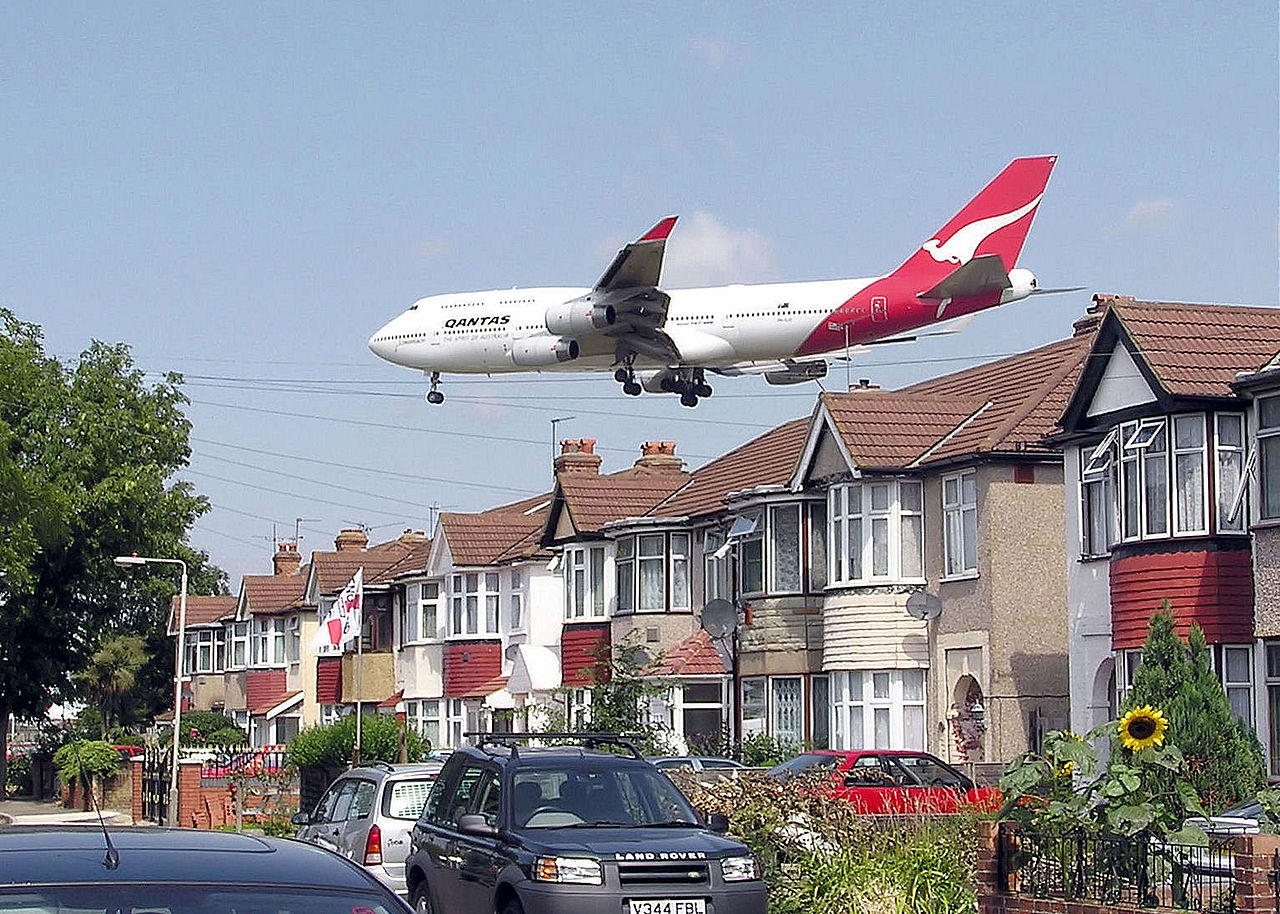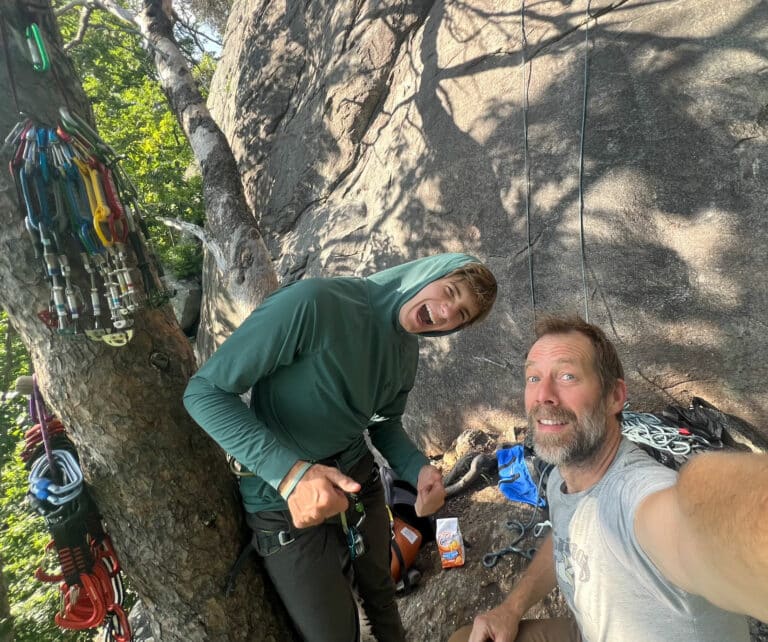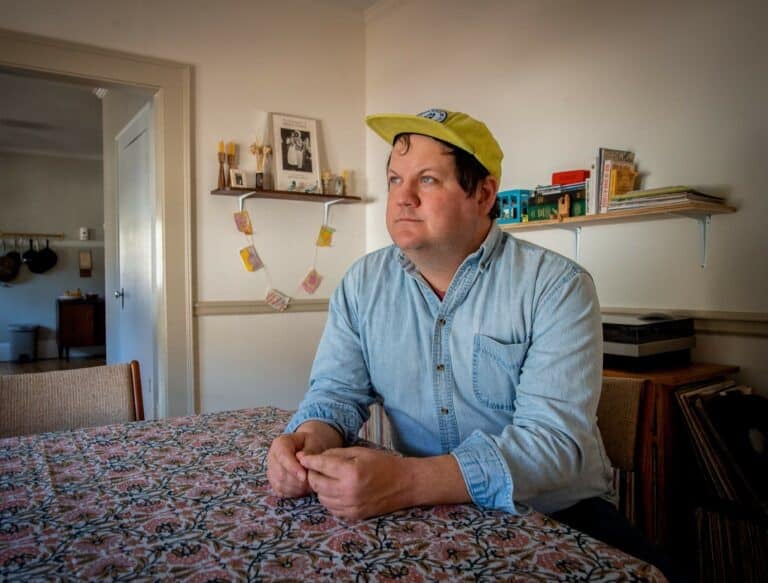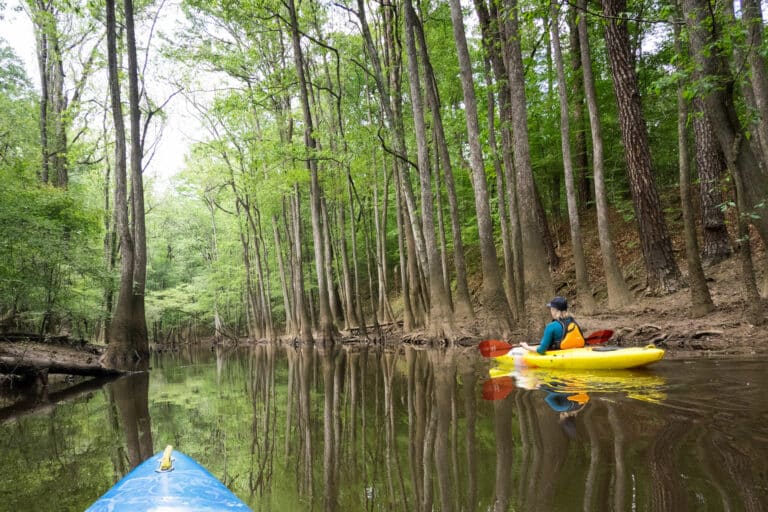I’m awake early this morning, and I walk to the end of the driveway to retrieve the papers. The sky is clear, the air fresh and cool. But the drone of the highway hangs in the air, too, the monotonous, dull sound of trucks, cars, and motorcycles passing through Asheville on I-40, just a few hundred yards to the west of me. Even through a dense forest of mature trees, the drone is continuous and palpable. My neighbor and friend has begun recording birdsong on our campus, and the resulting sonogram reveals that, even at times when we are not quite conscious of the highway sounds, the drone is present, ever titillating our senses at a deep level. And I wonder: What effect has this had on me and my family over the past thirteen years?
Environmental health researchers report that tens of millions of Americans suffer adverse effects from noise exposure, including sleep disruption, stress, hypertension, and even cardiovascular disease. Many readers of this magazine are probably especially susceptible to noise exposure, given that we live in the populated eastern United States. Our exposure to noise is unrelenting, stemming from road and rail traffic, air transportation, and industrial and occupational sources. And, of course, there’s always the ubiquitous leaf blower and the yapping dog down the street.
Mostly, we are not even aware of some or any of the effects, as we have become desensitized at a conscious level, accepting noise exposure as a tradeoff for the benefits of modernity. The good news is that many people are working at all levels of society to help reduce noise exposure for Americans, too. For example, the technology exists now for quieter leaf blowers, and police and fire sirens are being developed to focus on horizontal sound, so that people in high-rise buildings will not hear them. There are nonprofits dedicated to the cause of reducing noise exposure, such as Noise Free America. Of course, when we all drive electric cars—and some day we will—there will be almost an overnight transformation of the urban soundscape.
A recent study published in Science and summarized by the national news outlets, found that almost two-thirds of protected areas in the continental United States suffer from significant human-induced noise pollution. Still, these wilderness areas, national forests, and urban parks may be our only reprieve from the unrelenting noise we hear in our urban/suburban residential and commercial areas in which many of us spend most of our lives.
I am fortunate to live less than an hour’s drive from Great Smoky Mountains National Park. Driving to the crowded Clingman’s Dome or Cades Cove areas will not suffice, but obtaining a backcountry permit and spending a couple of nights deeper in the wilderness may. Most of us have access to a quieter area in our region, even if it takes some effort to get there. A few days of hearing cascading brooks and wood thrushes may be just the antidote to modernity all of us need. Go outside and play … and listen.








